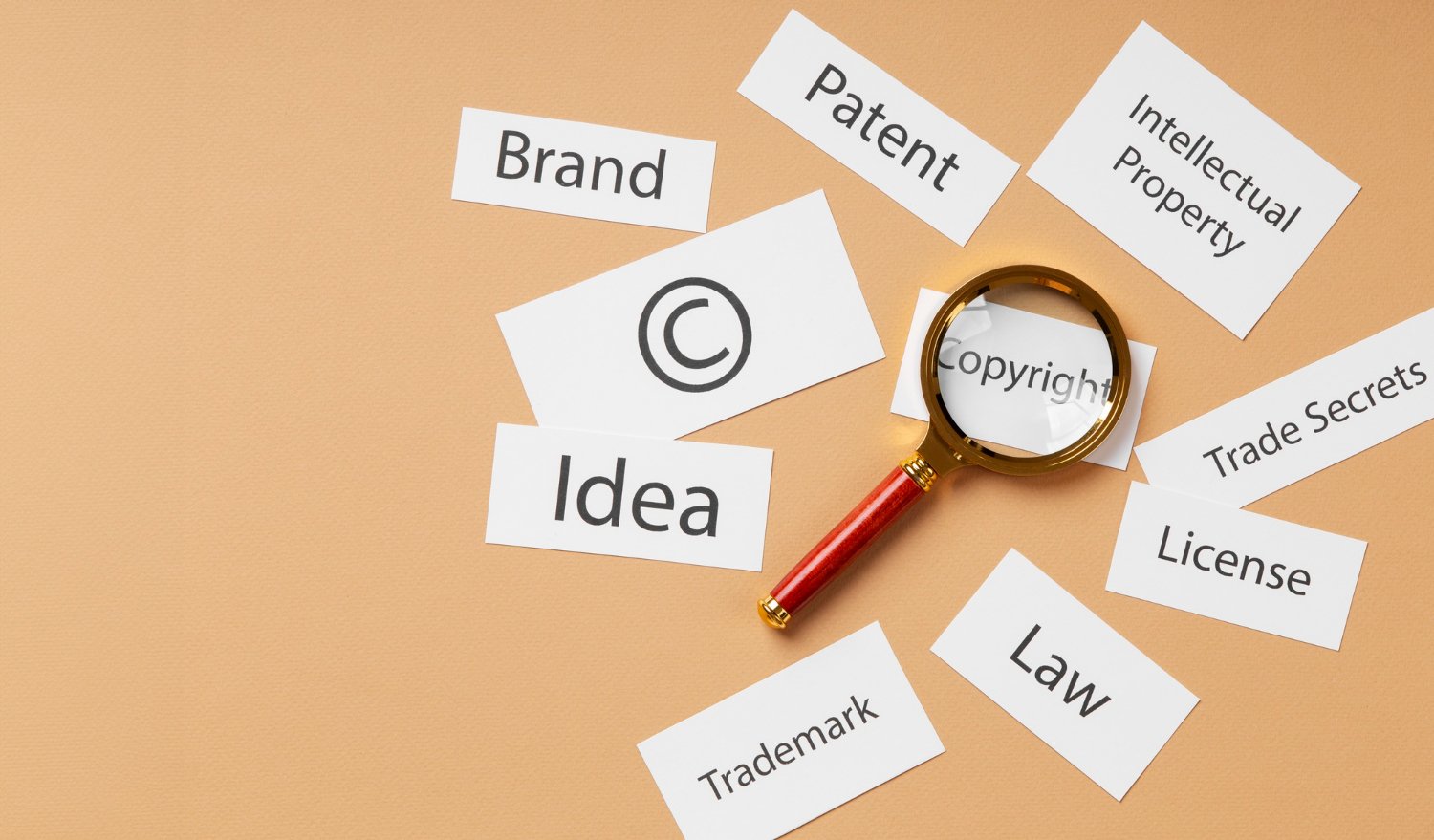Publishing your first book may seem like a daunting task, but with the right guidance, it becomes a rewarding journey. In this blog, you’ll explore both traditional and self-publishing options, learn essential steps like manuscript preparation, and discover how to market your book effectively. Whether you choose to self-publish or go the traditional route, this guide will help you navigate the process with confidence.
Publishing your first book is a milestone many aspiring authors dream of achieving.
However, the journey from writing a manuscript to holding your published book in your hands requires more than just creativity—it involves a series of steps that are both challenging and rewarding.
Whether you’re aiming for the traditional publishing route or prefer to self-publish, each option has its own set of advantages and challenges.
In recent years, the rise of self-publishing platforms like Amazon Kindle Direct Publishing (KDP) has made it easier for authors to bring their works to the market without the need for literary agents or publishers.
On the other hand, traditional publishing still offers wider distribution and professional support, though it requires navigating the competitive submission process.
In this guide, we will walk you through both publishing routes, helping you decide which path aligns with your goals.
From writing your manuscript to marketing your book, this comprehensive guide will break down the steps you need to follow to successfully publish your first book in 2024.
Understanding the Book Publishing Process
Before diving into self-publishing or traditional publishing, it’s essential to understand the overall book publishing process. The journey of turning your idea into a book follows these basic steps:
Step 1: Writing and Editing Your Manuscript
The foundation of any published book is a well-written manuscript. Dedicate time to drafting and editing your content. While you can self-edit initially, hiring a professional editor is highly recommended to refine your work, eliminate errors, and enhance readability.
Step 2: Formatting Your Manuscript
Formatting is critical, whether you’re self-publishing or submitting to a traditional publisher. Manuscripts should be formatted professionally for readability, which includes choosing appropriate fonts, margins, and ensuring proper spacing.
Step 3: Cover Design and ISBN Registration
For self-publishers, an eye-catching cover design is crucial to attract readers. You can either design it yourself or hire a professional. Additionally, you’ll need to register your book with an ISBN (International Standard Book Number), which is a unique identifier for books. Most self-publishing platforms, like KDP, provide ISBN services.
Step 4: Choosing Between Traditional and Self-Publishing
The final major step in the publishing process is deciding which route to take: self-publishing or traditional publishing. Both have distinct advantages, which we’ll explore in the following sections.
How to Self-Publish Your First Book

Self-publishing offers an excellent opportunity for first-time authors who want full control over their work. Here’s a step-by-step guide on how to self-publish your book.
Step 1: Choose a Self-Publishing Platform
Platforms like Amazon Kindle Direct Publishing (KDP), Smashwords, and IngramSpark allow you to publish your book quickly and reach a global audience. Each platform offers different benefits:
- KDP: Best for eBooks and paperbacks, offering wide distribution and print-on-demand services.
- Smashwords: Great for distributing eBooks across multiple retailers.
- IngramSpark: Offers both print and eBook distribution, with more focus on brick-and-mortar stores.
Step 2: Prepare Your Manuscript for Self-Publishing
Ensure your manuscript is well-formatted and edited before uploading it to any platform. You will need to convert it into appropriate formats, such as ePub or MOBI for eBooks.
Step 3: Pricing and Royalties
One of the significant advantages of self-publishing is that you control your pricing. Most platforms allow you to set your price, and royalties can range from 35% to 70% depending on the platform and the book’s price.
Step 4: Marketing Your Self-Published Book
Marketing is a crucial part of self-publishing success. You can promote your book via social media, book launch events, and collaborations with bloggers or influencers. Consider running paid ads on platforms like Amazon or Facebook to increase visibility. Offering free samples or promotional pricing can also help you gain traction.
Traditional Publishing Steps Explained
Traditional publishing involves submitting your manuscript to literary agents or publishing houses. This process is more time-consuming and competitive but offers certain advantages.
Step 1: Find a Literary Agent
Most traditional publishers won’t accept unsolicited manuscripts. Instead, you’ll need to find a literary agent who can represent your work to publishing houses. Research reputable agents and submit a query letter, synopsis, and sample chapters of your manuscript.
Step 2: Submit to Publishers
Once you have an agent, they will submit your manuscript to publishers on your behalf. The submission process can be lengthy, as it may take months to hear back from publishers. Patience is key in this phase.
Step 3: Negotiating Contracts
If a publisher accepts your manuscript, they’ll offer you a contract. This usually includes an advance (an upfront payment before book sales) and royalties from sales. Your agent will negotiate the best terms for you.
Step 4: Professional Editing and Marketing
Once you sign with a publisher, they will assign a professional editor to work with you on refining your manuscript. The publisher also handles cover design, marketing, and distribution, providing a broader reach than most self-publishing platforms.
Pros and Cons of Traditional Publishing
- Pros: Wider distribution, professional editing, marketing support, and the prestige of being published by a recognized publisher.
- Cons: Longer timeline, competitive submission process, less control over your manuscript, and lower royalties compared to self-publishing.
Marketing and Promoting Your Book

Regardless of how you publish, marketing plays a crucial role in your book’s success. Here are effective ways to promote your book:
Step 1: Create a Marketing Plan
Develop a detailed marketing plan that includes strategies for social media, book signings, and online ads. Identify your target audience and where they are most active online.
Step 2: Leverage Social Media
Platforms like Facebook, Instagram, and Twitter are excellent for promoting your book. Create engaging content such as teasers, character insights, and cover reveals to build excitement.
Step 3: Run Paid Ads
Running ads on platforms like Amazon or Google can boost your book’s visibility. Start with a small budget and experiment with different ad formats to see which one works best for your audience.
Step 4: Collect Reviews
Reviews are crucial for your book’s credibility. Encourage early readers to leave reviews on platforms like Amazon or Goodreads. Positive reviews can influence potential readers and improve your book’s ranking in search results.
Conclusion

Publishing your first book is a significant accomplishment that requires careful planning, patience, and dedication. Whether you choose the self-publishing route or opt for traditional publishing, each approach has its own set of benefits and challenges. Self-publishing offers more control and higher royalties, while traditional publishing provides professional support and wider distribution.
Whichever path you choose, the key to success lies in thorough preparation and persistent marketing efforts. Don’t be afraid to invest in professional editing, cover design, and marketing to give your book the best chance of success. With the right approach and strategy, your first book can reach a broad audience and pave the way for future writing projects.
FAQs
What is the cheapest way to publish a book?
Self-publishing on platforms like Amazon KDP can be done with minimal costs, especially if you handle editing, formatting, and cover design yourself. However, for a more professional result, investing in professional services is advisable.
How long does it take to publish a book traditionally?
Traditional publishing can take anywhere from 12 to 24 months, depending on factors like finding an agent, securing a publisher, and the editorial process.
Can I publish a book without an agent?
Yes, but it’s more challenging to get noticed by major publishers. Some small or independent publishers may accept unsolicited manuscripts.
What are the best self-publishing platforms?
Amazon Kindle Direct Publishing (KDP), Smashwords, and IngramSpark are some of the top platforms for self-publishing.
How can I promote my book after publishing?
Effective promotion includes using social media, running ads, organizing book signings, and encouraging readers to leave reviews.








